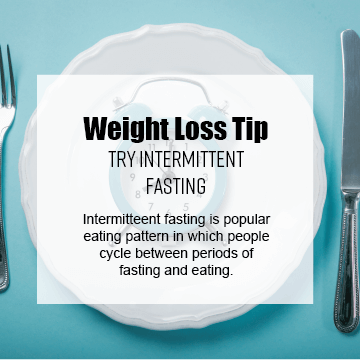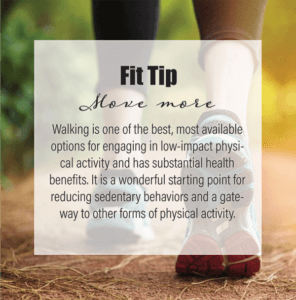



Ask Dr. Liliya
Dr. Liliya Slutsker has extensive experience in Aesthetics. Fill out the form below, and she’ll get back to you with an answer.

INTRODUCTION
Lifts with Mint Threads
I believe that the newer threads are far superior to the original threads from a decade ago. Threads work by naturally stimulating collagen production. They can be used in conjunction with dermal fillers, lasers, ultrasound tightening, PRP, and microneedling. Monofilament threads, such as MINT threads, are among the most effective (and cost effective) threads available. The main advantage of threads is that they stimulate collagen and lift without adding volume (bulk) to the face and neck. As with all non-surgical procedures, patient selection is critical.
How does thread lifting work?
Neocollagenesis. In contrast to traditional ‘dermal fillers,’ which replace collagen with hyaluronic acid, this means stimulating your own collagen. Collagen begins to deteriorate with age in the mid-20s. Your skin will lose 40-50% of its collagen between the ages of 40 and 50. This causes wrinkles, elasticity loss, and dermal volume loss.
Threads perform in two ways. For starters, they can stimulate collagen production by inducing a low-grade inflammatory response in the deeper dermal layers. Patients who have a thread lift to stimulate collagen will notice a gradual improvement in the tone and firmness of their skin. The second mechanism provides tissue lifting. This is possible with more invasive thread lifting techniques that employ suspension or barbed threads.

What are the advantages
of treads over dermal fillers?
The main advantage of thread is that they have the ability to lift without adding volume– super important for treating areas such as the lower face, namely jowls, accordion lines, neck & the jawline areas.
In the context of facial aging, adding volume to areas that are already ‘heavy’ & sagging will result in greater bulk. Threads have the potential to lift without adding bulk. This is why I combine threads with energy devices such as HIFU (Ulthearpy), & RF Radiofrequency as these modalities provide tissue lifting in the deeper dermal, fibroseptal & SMAS layers. The use of controlled energy & collagen stimulation from threads gives a synergistic effect.

© 2022 Carrington Medical. All rights Reserved
There’s a ton of incredibly promising intermittent fasting (IF) research done on fat rats. They lose weight, their blood pressure, cholesterol, and blood sugars improve… but they’re rats. Studies in humans, almost across the board, have shown that IF is safe and incredibly effective, but really no more effective than any other diet. In addition, many people find it difficult to fast.
But a growing body of research suggests that the timing of the fast is key, and can make IF a more realistic, sustainable, and effective approach for weight loss, as well as for diabetes prevention.
 It’s true: Being short on sleep can really affect your weight. While you weren’t sleeping, your body cooked up a perfect recipe for weight gain.When you’re short on sleep, it’s easy to lean on a large latte to get moving. You might be tempted to skip exercise (too tired), get takeout for dinner, and then turn in late because you’re uncomfortably full.If this cascade of events happens a few times each year, no problem. Trouble is, more than a third of Americans aren’t getting enough sleep on a regular basis. Yet experts agree that getting enough shut-eye is as important to health, well-being, and your weight as are diet and exercise.
It’s true: Being short on sleep can really affect your weight. While you weren’t sleeping, your body cooked up a perfect recipe for weight gain.When you’re short on sleep, it’s easy to lean on a large latte to get moving. You might be tempted to skip exercise (too tired), get takeout for dinner, and then turn in late because you’re uncomfortably full.If this cascade of events happens a few times each year, no problem. Trouble is, more than a third of Americans aren’t getting enough sleep on a regular basis. Yet experts agree that getting enough shut-eye is as important to health, well-being, and your weight as are diet and exercise.Your Sleepy Brain
Skimping on sleep sets your brain up to make bad decisions. It dulls activity in the brain’s frontal lobe, the locus of decision-making and impulse control.
So it’s a little like being drunk. You don’t have the mental clarity to make good decisions.
Research tells the story. A study in the American Journal of Clinical Nutrition found that when people were starved of sleep, late-night snacking increased, and they were more likely to choose high-carb snacks. In another study done at the University of Chicago, sleep-deprived participants chose snacks with twice as much fat as those who slept at least 8 hours.
Add it all together, and a sleepy brain appears to crave junk food while also lacking the impulse control to say no.
Sleep and Metabolism
Sleep is like nutrition for the brain. Most people need between 7 and 9 hours each night. Get less than that, and your body will react in ways that lead even the most determined dieter straight to Ben & Jerry’s.
Too little sleep triggers a cortisol spike. This stress hormone signals your body to conserve energy to fuel your waking hours.
Translation: You’re more apt to hang on to fat.
Researchers found that when dieters cut back on sleep over a 14-day period, the amount of weight they lost from fat dropped by 55%, even though their calories stayed equal. They felt hungrier and less satisfied after meals, and their energy was zapped.
Sleep deprivation makes you “metabolically groggy,” University of Chicago researchers say. Within just 4 days of insufficient ZZZs, your body’s ability to process insulin — a hormone needed to change sugar, starches, and other food into energy — goes awry. Insulin sensitivity, the researchers found, dropped by more than 30%.
Tricks and Tips for a Better Night’s Sleep
In today’s world, snoozing can be difficult, particularly when all your screens (computers, TVs, cell phones, tablets) lure you into staying up just a little longer.
The basics are pretty simple:
- Shut down your computer, cell phone, and TV at least an hour before you hit the sack.
- Save your bedroom for sleep and sex. Think relaxation and release, rather than work or entertainment.
- Create a bedtime ritual. It’s not the time to tackle big issues. Instead, take a warm bath, meditate, or read.
- Stick to a schedule, waking up and retiring at the same times every day, even on weekends.
- Watch what and when you eat. Avoid eating heavy meals and alcohol close to bedtime, which may cause heartburn and make it hard to fall asleep. And steer clear of soda, tea, coffee, and chocolate after 2 p.m. Caffeine can stay in your system for 5 to 6 hours.
- Turn out the lights. Darkness cues your body to release the natural sleep hormone melatonin, while light suppresses it.
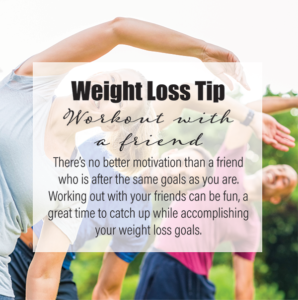 There is no better motivation than a friend who shares the same goals. I, for one, love going on runs with my friends and walks with my mom and sister. So many people us excuses that they are too busy to see their friends or exercise. This is a great tip to not only exercise but catch up along the way. Try this tip sometime this week.
There is no better motivation than a friend who shares the same goals. I, for one, love going on runs with my friends and walks with my mom and sister. So many people us excuses that they are too busy to see their friends or exercise. This is a great tip to not only exercise but catch up along the way. Try this tip sometime this week.
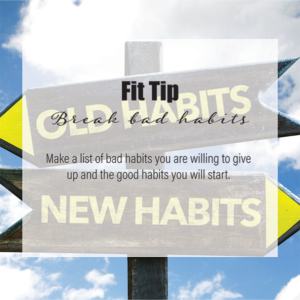 Make a list of bad habits you are willing to stop in order to live a healthier lifestyle. These decisions just might save your life.
Make a list of bad habits you are willing to stop in order to live a healthier lifestyle. These decisions just might save your life.

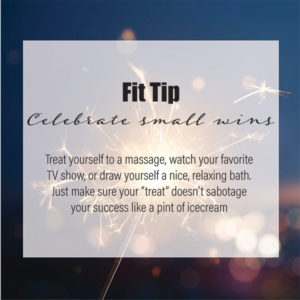 Celebrate all of your wins – big and small! You can celebrate by treating yourself to a day out for a massage, watch your favorite TV show, or draw yourself a nice, relaxing bubble bath. Just make sure your “treat” doesn’t sabotage your success like rewards of sweets and foods.
Celebrate all of your wins – big and small! You can celebrate by treating yourself to a day out for a massage, watch your favorite TV show, or draw yourself a nice, relaxing bubble bath. Just make sure your “treat” doesn’t sabotage your success like rewards of sweets and foods.
 If you are trying to lose weight, you have no use for cookies, chips, or unhealthy foods.
If you are trying to lose weight, you have no use for cookies, chips, or unhealthy foods.
These types of foods will only make it more difficult for you to reach your weight loss goals. There are some healthier options for your sweet and salty cravings.
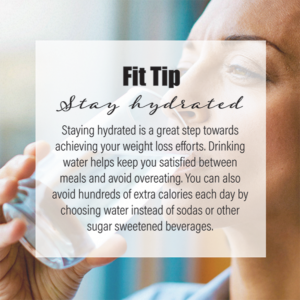 Staying hydrated is a great step towards achieving your weight loss efforts. HOW you choose to hydrate can have a big impact on your health and your waist.
Staying hydrated is a great step towards achieving your weight loss efforts. HOW you choose to hydrate can have a big impact on your health and your waist.
Drinking water helps keep you satisfied between meals and avoid overeating. You can also avoid hundreds of extra calories each day by choosing water instead of sodas or other sugar-sweetened beverages.

